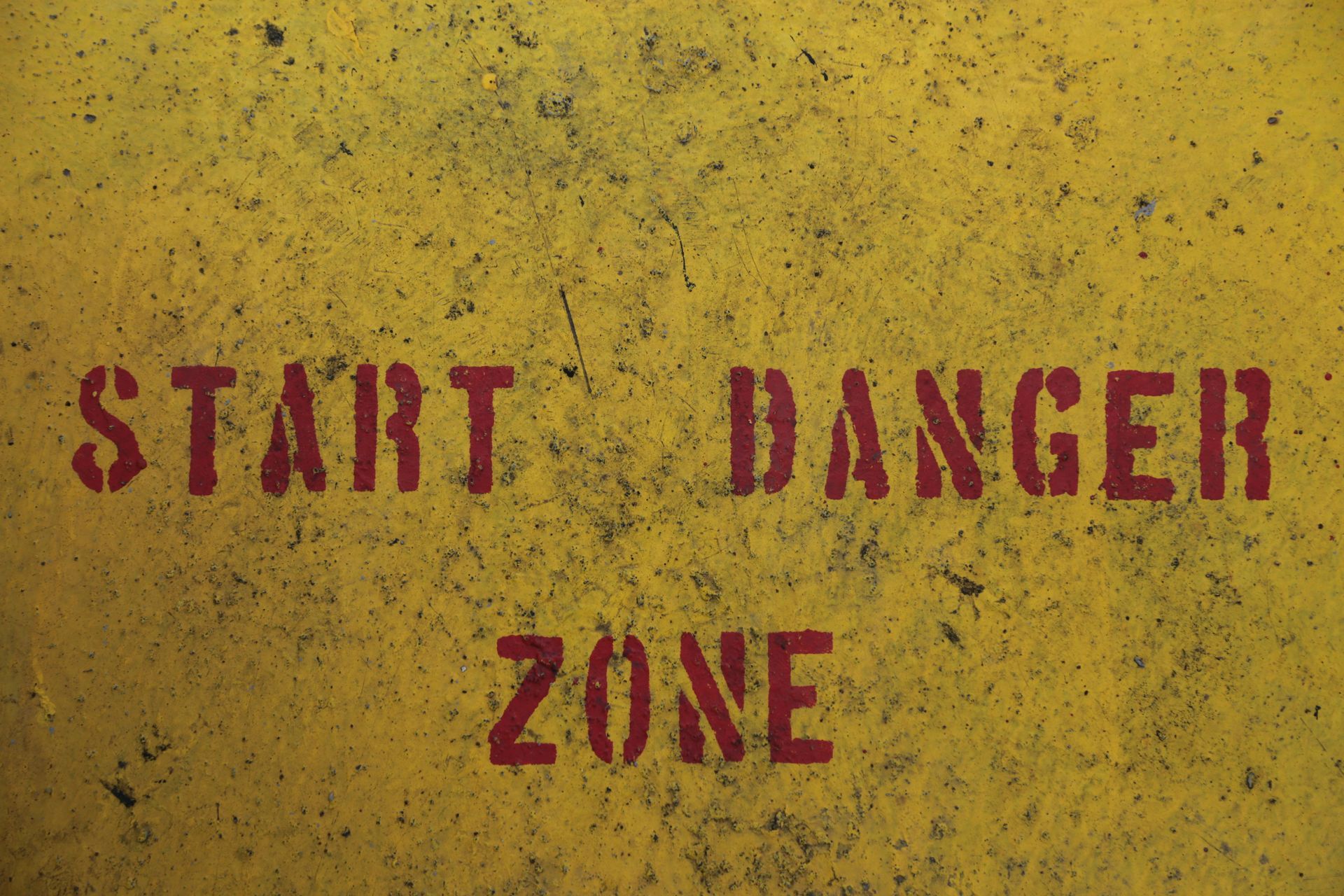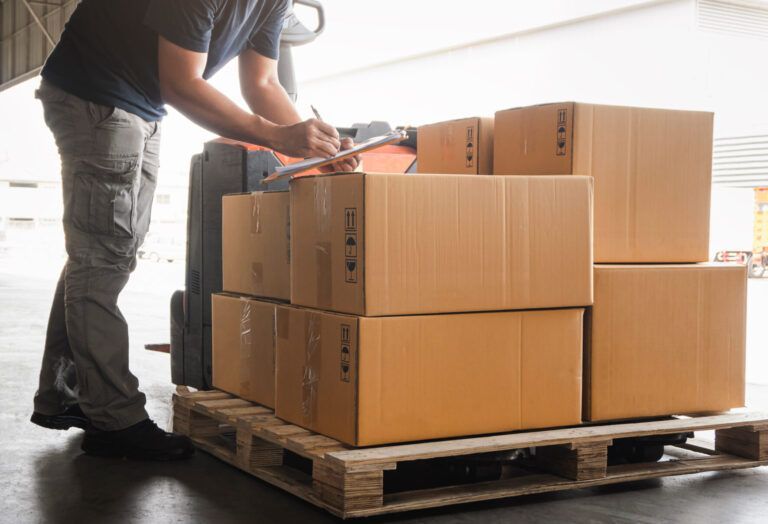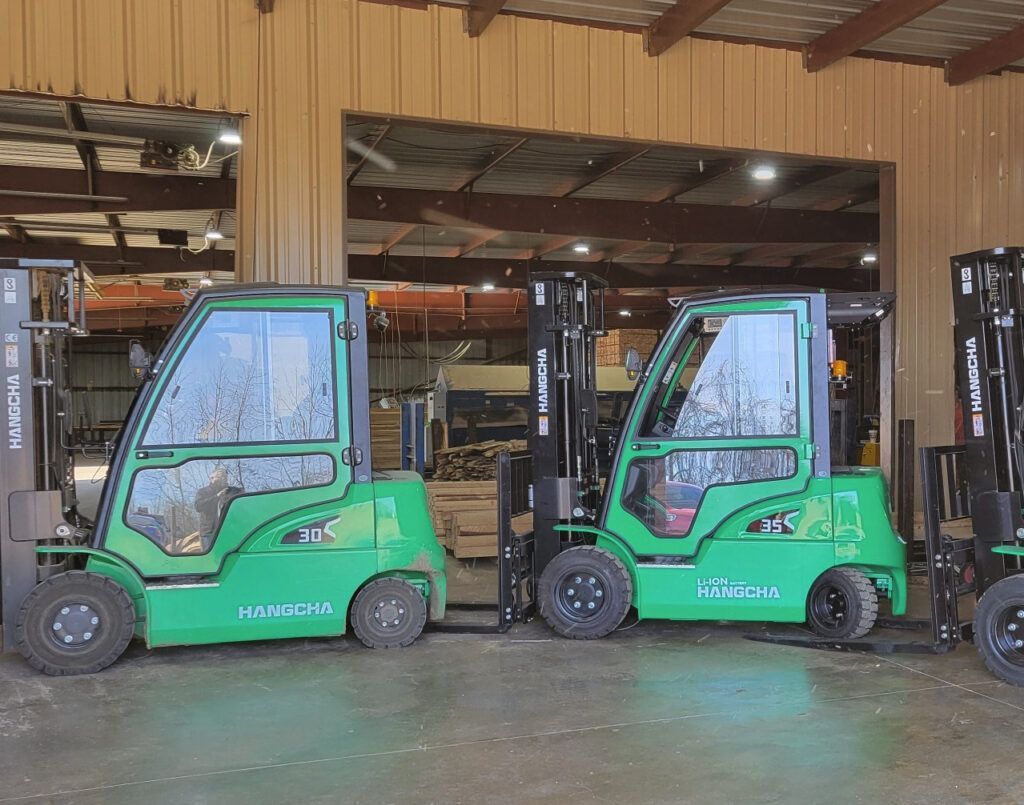Cost-Saving Strategies for Your Forklift Fleet
Forklifts are the backbone of the materials handling industry. No matter how you choose to operate your warehouse facility, the equipment you use and how you use it will impact your efficiency and bottom line. Having a robust and effective forklift fleet becomes a great asset for your warehouse. Let’s look at some strategies to save money on a forklift fleet while still having top-tier equipment and operations.
Have the Right Number of Forklifts
The initial purchase cost is one of the most significant expenses of owning a forklift fleet. Having the correct number of forklifts for your operation is essential to save money. Having too many forklifts is wasteful, and having too few can slow your operation. Analyze your warehouse and workload to determine the optimal number of forklifts needed to do the job efficiently.
Consider the Age of Your Forklifts
While buying new forklifts can be expensive, keeping older forklifts can be even more costly. Older forklifts are more likely to break down, requiring frequent maintenance and repair costs. They’re also less efficient and more prone to accidents, which can increase insurance premiums. More updated forklift models are also easier to train employees on. Consider upgrading your forklift fleet by replacing older models with newer, more efficient ones.
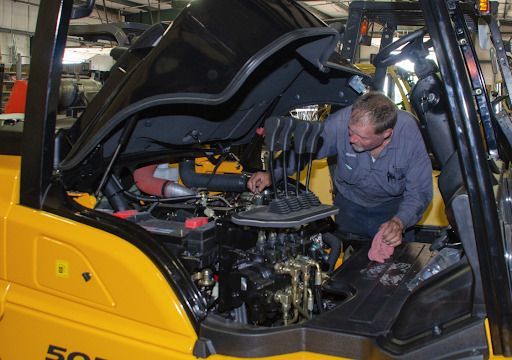
Choose the Right Forklift Type
Another critical consideration for cost-saving strategies for your forklift fleet is the type of forklift you choose. There are two main types of forklifts: internal combustion and electric. Internal combustion forklifts are powered by gasoline or propane, while rechargeable batteries power electric forklifts.
While internal combustion forklifts are typically less expensive upfront, they require more maintenance and have higher fuel costs. On the other hand, electric forklifts are more expensive upfront but more efficient and require less maintenance. They’re also quieter and emit no exhaust fumes, making them ideal for indoor use.
Rent or Lease Forklifts
If purchasing new forklifts is outside your budget, consider renting or leasing. Renting or leasing forklifts can be cost-effective, especially if you only need them temporarily. For instance, if a busy season for your warehouse is coming up, or there is a short-term project you’ll be working on until completion. This option allows you to avoid the upfront costs of buying a new forklift and gives you the flexibility to choose the right type for your needs.
Choose the Right Storage Locations
Where you store your forklifts can also impact your cost-saving strategies. Forklifts stored outdoors are more likely to suffer damage from weather conditions, which can lead to more frequent repairs and replacement costs. Indoor storage is generally preferable, as it protects the forklifts from the elements and reduces the risk of theft or vandalism.
Match Your Fleet with Your Warehouse Staffing
Finally, consider how your forklift fleet matches your warehouse staffing. You may only need a few forklifts if you have a small staff. You may need more forklifts to keep up with demand if you have a large team. If you staff your team via shifts, do some require more forklift use than others? Additionally, it’s essential to train your staff to operate the forklifts properly to reduce the risk of accidents and damage to the forklifts.
In conclusion, owning and maintaining a forklift fleet can be a significant expense, but you can use several cost-saving strategies to reduce costs. These strategies include having the correct number of forklifts, considering the age of your forklifts, choosing the right forklift type, renting or leasing, choosing suitable storage locations, and matching your forklift fleet with your staffing.
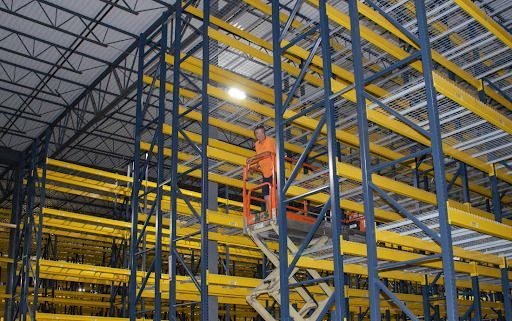
Work With Benco
Here at Benco Industrial Equipment, we aim to assist you and help you set your warehouse up for success. We have both electric and internal combustion forklifts ready to buy or rent. We have legless stackers, straddle stackers, reach stackers, work assist unit forklifts, and more available. We also have various other equipment and products to help complete your job. See what decades of excellence in the materials handling industry looks like – Get in touch with us today!
The post Cost-Saving Strategies for Your Forklift Fleet appeared first on Benco Industrial Equipment.
